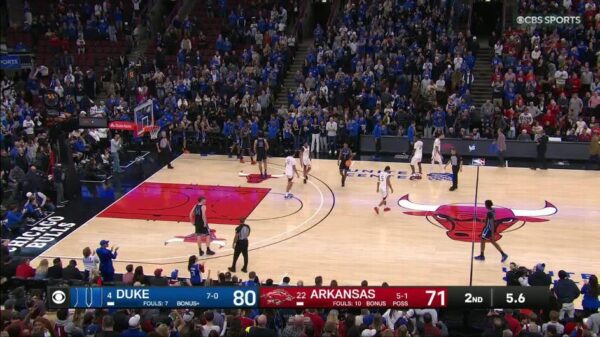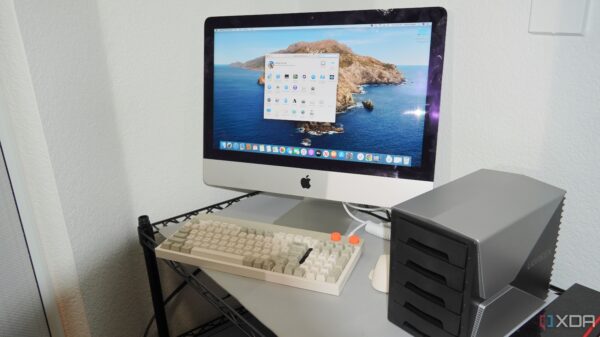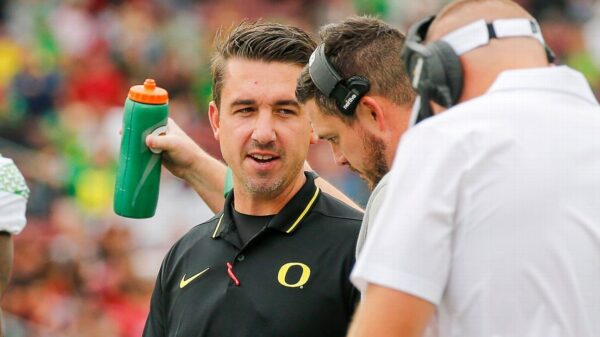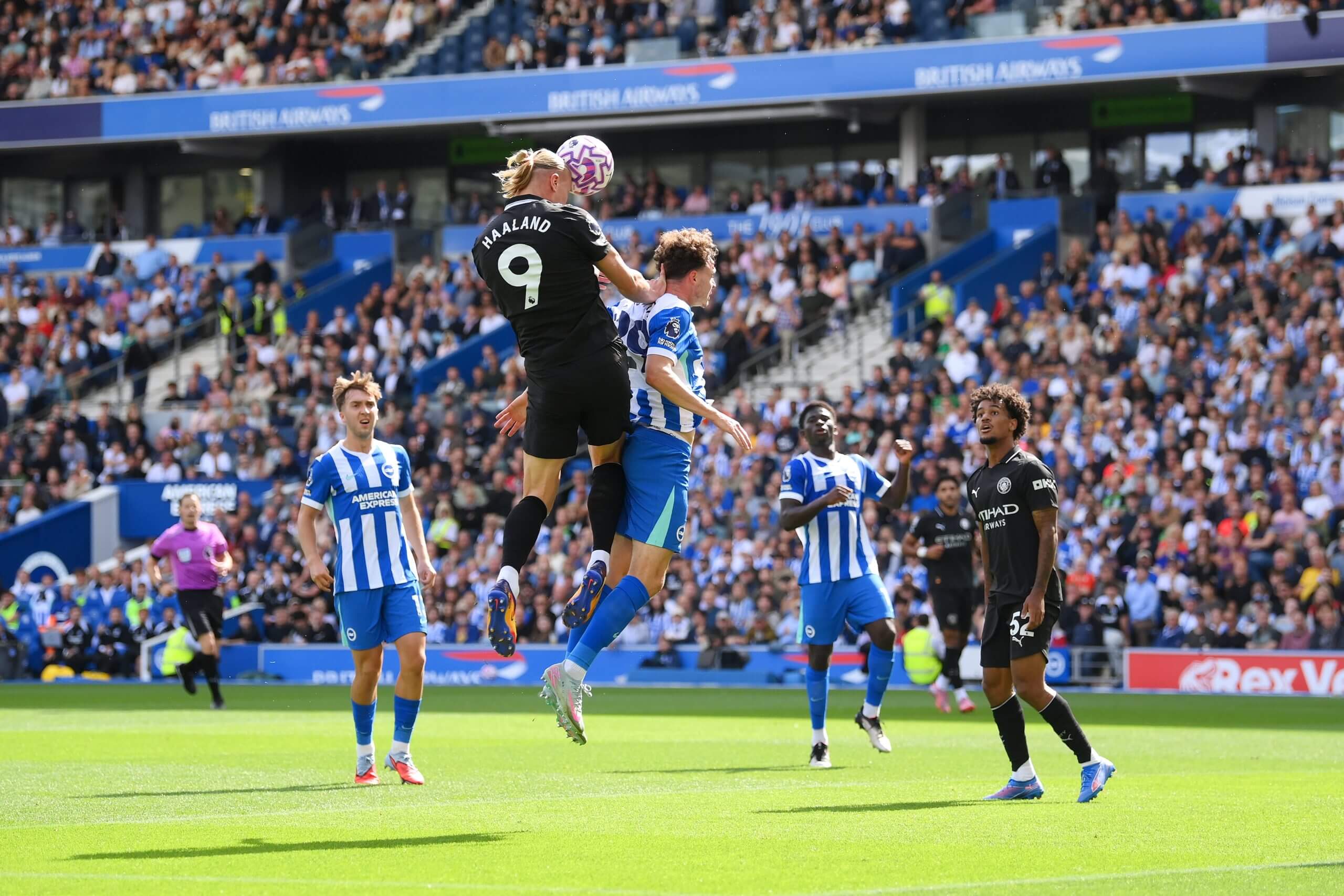The Premier League’s 2025-26 season has seen a resurgence in direct football, with teams increasingly opting for a more aggressive approach to create scoring opportunities. Following a subdued start, the league has come alive with late goals, high-paced attacks, and a notable increase in the number of long balls played. Current statistics reveal an average of over 100 long balls per game, while the number of completed passes has reached its lowest point in 15 years.
This shift towards direct football is not merely a trend but a strategic evolution that has been building over the past season. Teams are reorienting their tactics around powerful forwards such as Erling Haaland, Benjamin Sesko, and Viktor Gyokeres, who are changing the landscape of how modern football is played. The emphasis on physicality and pace has led to a new style of play, which prioritizes exploiting the spaces created by high defensive lines and coordinated pressing from opponents.
Shifting Tactical Approaches in the Premier League
The adoption of direct football has been particularly evident among successful teams. For instance, Liverpool, under new head coach Arne Slot, has exemplified controlled directness by maintaining structure while moving the ball forward quickly. The combination of Virgil van Dijk‘s diagonal passes and Trent Alexander-Arnold‘s playmaking has allowed Liverpool to connect midfield and attack seamlessly. This tactical discipline has enabled Liverpool to generate scoring opportunities without compromising their defensive stability.
Similarly, Crystal Palace, managed by Oliver Glasner, has embraced direct play effectively. Their strategy involves leading in through balls and maintaining high shot quality, leveraging the strengths of players like Jean-Philippe Mateta and Eberechi Eze. The team’s compactness when out of possession allows them to launch quick counterattacks, a method that has proved fruitful in recent matches.
In contrast, Brentford has adopted a more deliberate approach, focusing on creating high-quality chances rather than merely increasing shot volume. The synergy between Yoane Wissa and Bryan Mbeumo has provided consistent offensive outlets, while their emphasis on set pieces has yielded impressive results. The team’s ability to convert opportunities into goals reflects their tactical precision.
Not all teams have thrived under this direct approach. Fulham, for example, struggled with their wide-driven play, often resulting in a high number of crosses that failed to translate into effective scoring chances. They dropped a league-high 28 points from winning positions last season, highlighting the challenges that come with relying solely on width without a clear strategy for finishing.
The Importance of Second Balls and Set-Piece Strategies
Winning second balls has become crucial in capitalizing on direct play. Teams that excel in recovering these loose balls often create more scoring opportunities. Manchester United has demonstrated this principle effectively, as seen in their recent 2-1 victory over Chelsea. The opener resulted from a well-executed aerial duel, where Sesko flicked on a long ball, allowing Mbeumo to capitalize on the ensuing chaos, leading to a goal.
Moreover, Brentford has mastered the art of turning set pieces into scoring opportunities. Their strategic use of long throws and well-timed deliveries has been instrumental in their recent successes. Against Chelsea, a stoppage-time equaliser came from a long throw, showcasing their ability to exploit second-phase situations effectively.
Despite differing methodologies, the contrasting styles of teams like Bournemouth and Everton illustrate the diverse approaches to high-volume football. While Bournemouth thrives on a chaotic style that prioritizes speed and early forward balls, Everton’s focus on physicality and set-piece play often results in fewer clear chances, reflecting the balance between method and execution in the league.
As the season progresses, the data indicates a clear trend toward longer and faster football in the Premier League. The prevalence of long balls, increased crosses, and a rise in corners suggest that teams are prioritizing territory and physicality over sustained passing sequences. The success of teams like Crystal Palace and Liverpool reinforces the notion that direct play can be both effective and controlled, marking an evolution in Premier League tactics for the current season.







































































